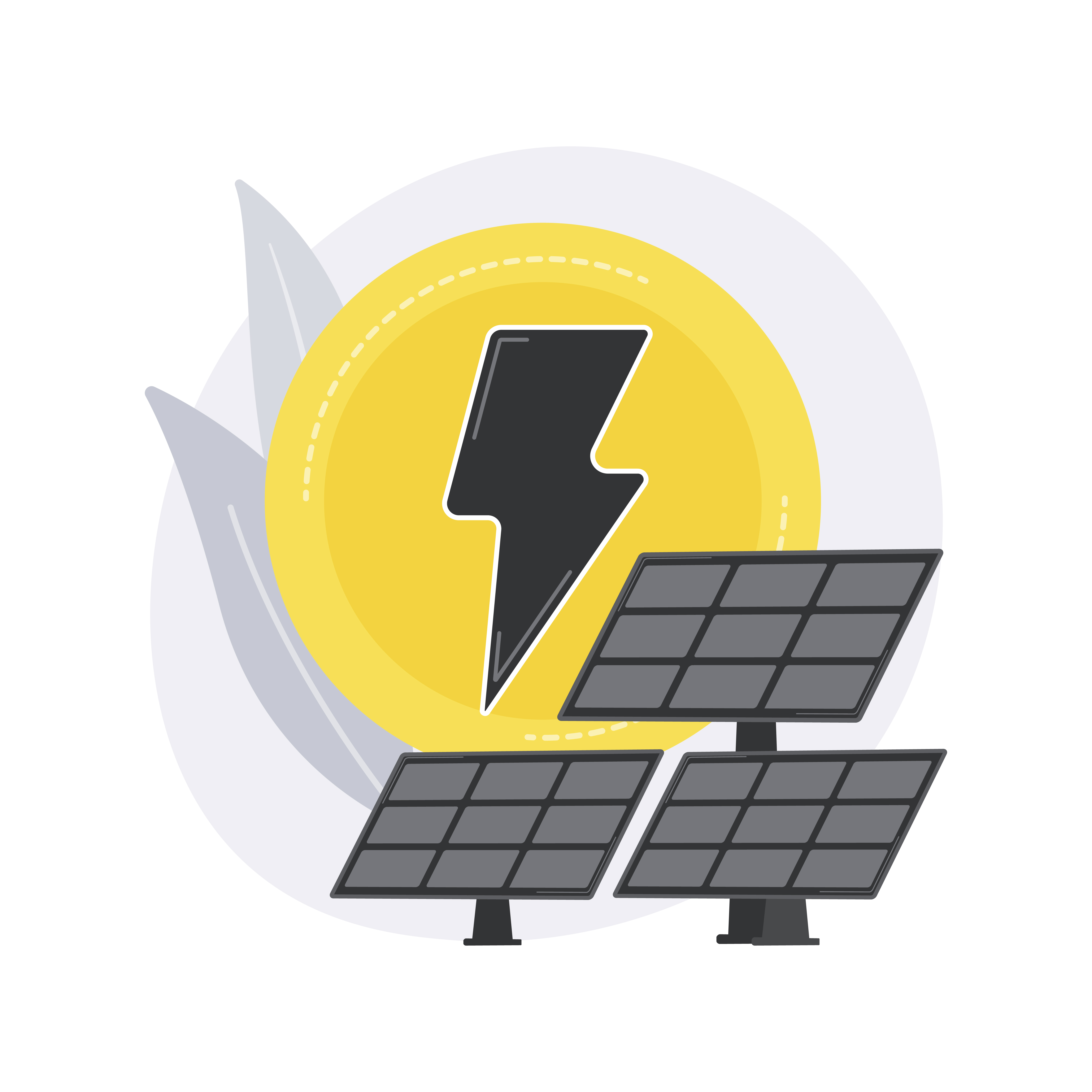Japan is third in the world in solar energy capacity with 84.9 Gigawatt, which accounts for 10 per cent of Japan’s electricity needs. The Japanese government plans to reduce greenhouse gas emissions by 46 per cent compared to 2013 by 2030 and reach net zero by 2050.
This piece will focus on the Japanese government’s ambition and strategy regarding promoting solar power and the projects launched by the government. The leading entities engaged in the generation and dissemination of solar power. The presented outline highlights the challenges that require attention and resolution.
Ambition & Strategy
Japan launched the sixth strategic energy plan on 22 October 2021, which aims to achieve carbon neutrality by 2050 and ensure a stable energy supply. Japan intends to draw at least 36 to 38 per cent of its power from renewable energy sources.
In order to decrease the cost of electricity production from renewable energy sources, we establish tenders featuring medium to long-term target prices, along with funding allocated for research and development endeavours. The feed-in premium scheme for businesses to sell electricity in the wholesale market or off-market private transactions with electricity retailers.
Promoting acceptance by local communities for renewable projects through the announcement of operator, venue, and project descriptions. Mandating construction of signboards and fences to ensure projects are carried out safely from start to finish and proper safety measures like obligating firms to report accidents.
Key Projects
- Jera partnered with West Holdings and is developing a 1-gigawatt solar power plant by the end of 2025 to increase renewable energy capacity in Japan.
- Total Solar International is building Miyagi Osato Solar Park with a capacity of 52 Megawatt in Osato, Miyagi Prefecture of Japan. The solar park is Total’s third and biggest plant in the country, operated by Miyagi Osato Solar Park GK, owned by Total Solar International, SB Energy Corporation, and a Japanese subsidiary of SoftBank Group.
- TotalEnergies began commercial operation of its 51-megawatt solar power plant in Tsu, Mie Prefecture of Japan, in February 2023. It will supply electricity to Chubu Electric Power Miraiz Corporation through a power-purchasing agreement. It is TotalEnergies; the fourth solar plant in the country.
- Vena Energy announced the start of commercial operations of its 37-megawatt solar plant in the mountainous region of Nagao Prefecture, and the plant will supply electricity to 10,000 households and reduce carbon
emissions by 28,000 tonnes per year. - Canadian Solar’s 100 Megawatt Azuma Kofuji solar project in the Fukushima Prefecture began commercial operations in November 2022. Recurrent Energy’s subsidiary in Japan is conducting operations and maintenance for the plant.
Key Players
- Mitsubishi Electric Corporation, based in Chiyoda City, Tokyo, is involved in the manufacturing and selling of electric and electronic products.
- First Solar Incorporation, based in Tempe, Arizona, in July 2022, sold its operations and maintenance business in Japan to PAG Real Assets.
- SunPower Corporation, based in San Jose, California, has a Japanese headquarters in Yokohama and is engaged in providing residential and solar storage solutions.
- Trina Solar Japan, a subsidiary of Trina Solar Corporation, manufactures
- electrical equipment and supplies.
- Canadian Solar Incorporation, based in Ontario, operates three solar power projects in Japan with a total solar capacity of 42 Megawatt.
Challenges
- In Japan’s quest to boost renewable power share in its energy matrix, the biggest challenge is that manufacturing and distributing solar power is expensive and limits Tokyo’s ability to deploy the technology at scale.
- The second issue is that Japan has varying electricity demand throughout the year, with high demand in Summer and Winter and weak demand in Spring and Autumn, and to resolve it, battery technologies and storage systems for storing solar capacity are needed.
- The third challenge arises from geography, as numerous flatlands are used in solar panel installations. The remaining mountainous terrain and steep shorelines act as barriers to scaling solar power in the country.
Conclusion
In this piece, I have discussed the Japanese government's ambitions and strategy concerning solar power. Recent years have witnessed the launch of several significant solar projects aimed at enhancing solar power adoption, with industry-leading operators actively engaged in the solar energy sector. I have shed light on the obstacles which may hinder Japan’s ability to deploy solar power at scale. The Japanese government is taking steps to promote solar power, but it needs to overcome the issues mentioned above.
End Notes:
- https://ornatesolar.com/blog/the-top-5-solar-countries-in-the-world
- https://www.weforum.org/agenda/2023/01/davos23-japan-accelerate-efforts-carbon-neutral-society/
- https://www.rechargenews.com/energy-transition/japan-faces-challenges-to-hit-higher-clean-power-targets-warn-analysts/2-1-1043338
- https://akihabaranews.com/challenges-facing-solar-power-in-japan/
- https://www.mordorintelligence.com/industry-reports/japan-solar-energy-market
- https://investor.firstsolar.com/news/press-release-details/2022/First-Solar-Completes-Sale-of-Japan-Project-Development-Platform-to-PAG-Real-Assets/default.aspx
- https://www.bloomberg.com/profile/company/1332316D:JP
- https://investors.canadiansolar.com/news-releases/news-release-details/canadian-solar-announces-commercial-operation-three-solar
- https://www.rechargenews.com/energy-transition/japanese-power-giant-jera-plans-1gw-solar-build-through-end-of-2025-with-new-partner/2-1-1208208
- https://totalenergies.com/media/news/press-releases/total-launches-construction-its-third-solar-power-plant-japan
- https://totalenergies.com/media/news/press-releases/totalenergies-starts-its-fourth-solar-power-plant-japan
- https://www.pv-magazine.com/2021/11/10/land-constrained-japan-sees-utility-scale-solar-reach-1185m-altitude/
- https://www.venaenergy.com/news/vena-energy-completes-the-37-mw-kawakami-solar-project-and-crosses-the-milestone-of-500-mw-operating-capacity-in-japan/
- https://recurrentenergy.com/canadian-solars-recurrent-energy-executes-sale-of-100-mwp-solar-power-plant-in-japan/
- https://www.iea.org/policies/14391-sixth-strategic-energy-plan-2050-carbon-neutral
- https://www.enecho.meti.go.jp/en/category/special/article/detail_173.html





